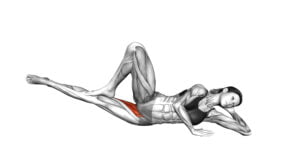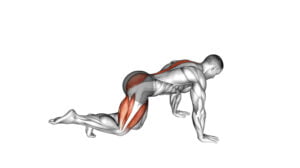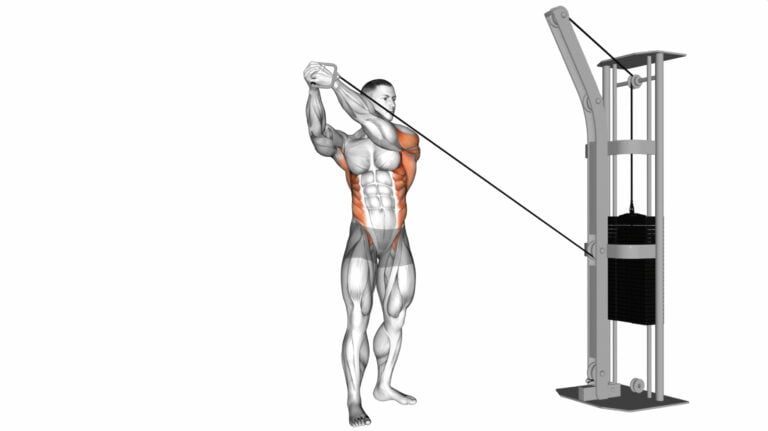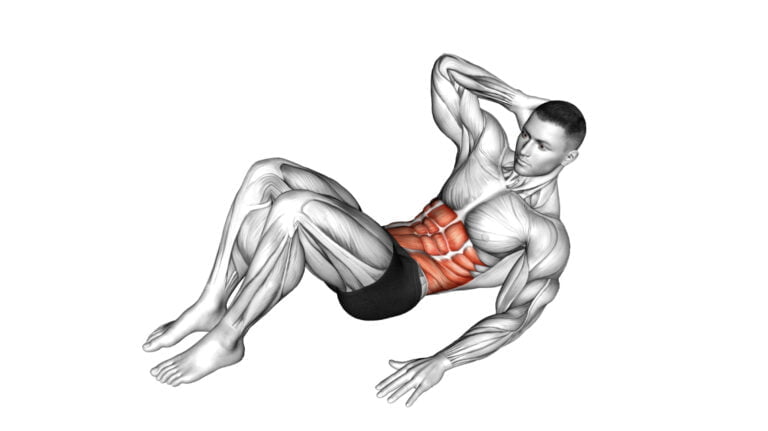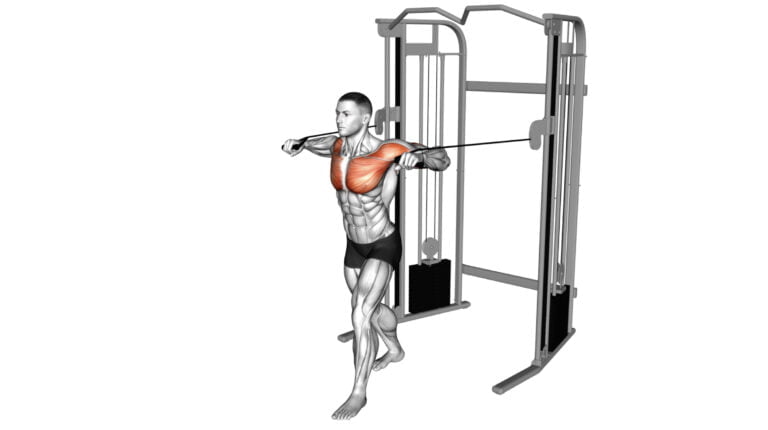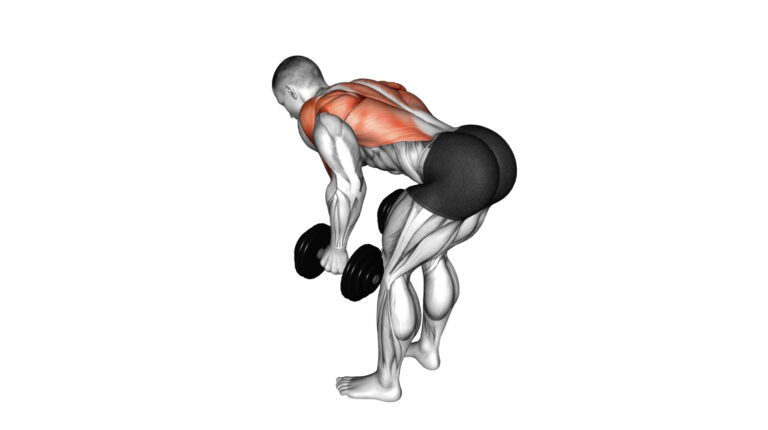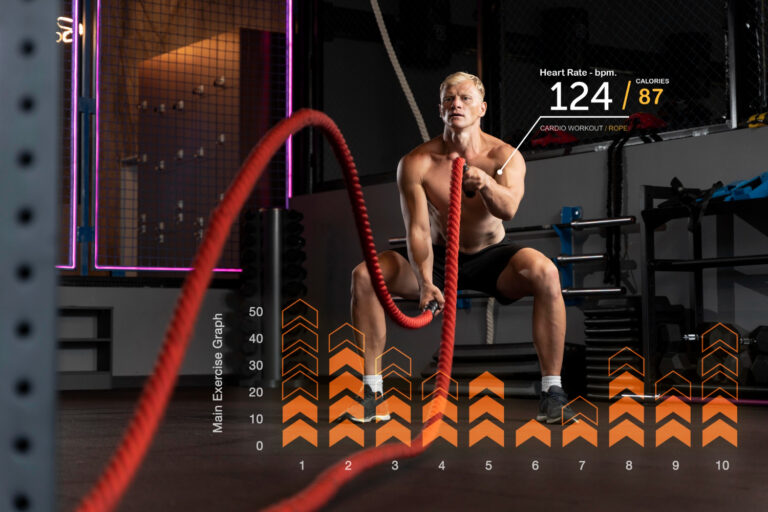10 Hip Exercises With Bands To Get Your Hips in Shape
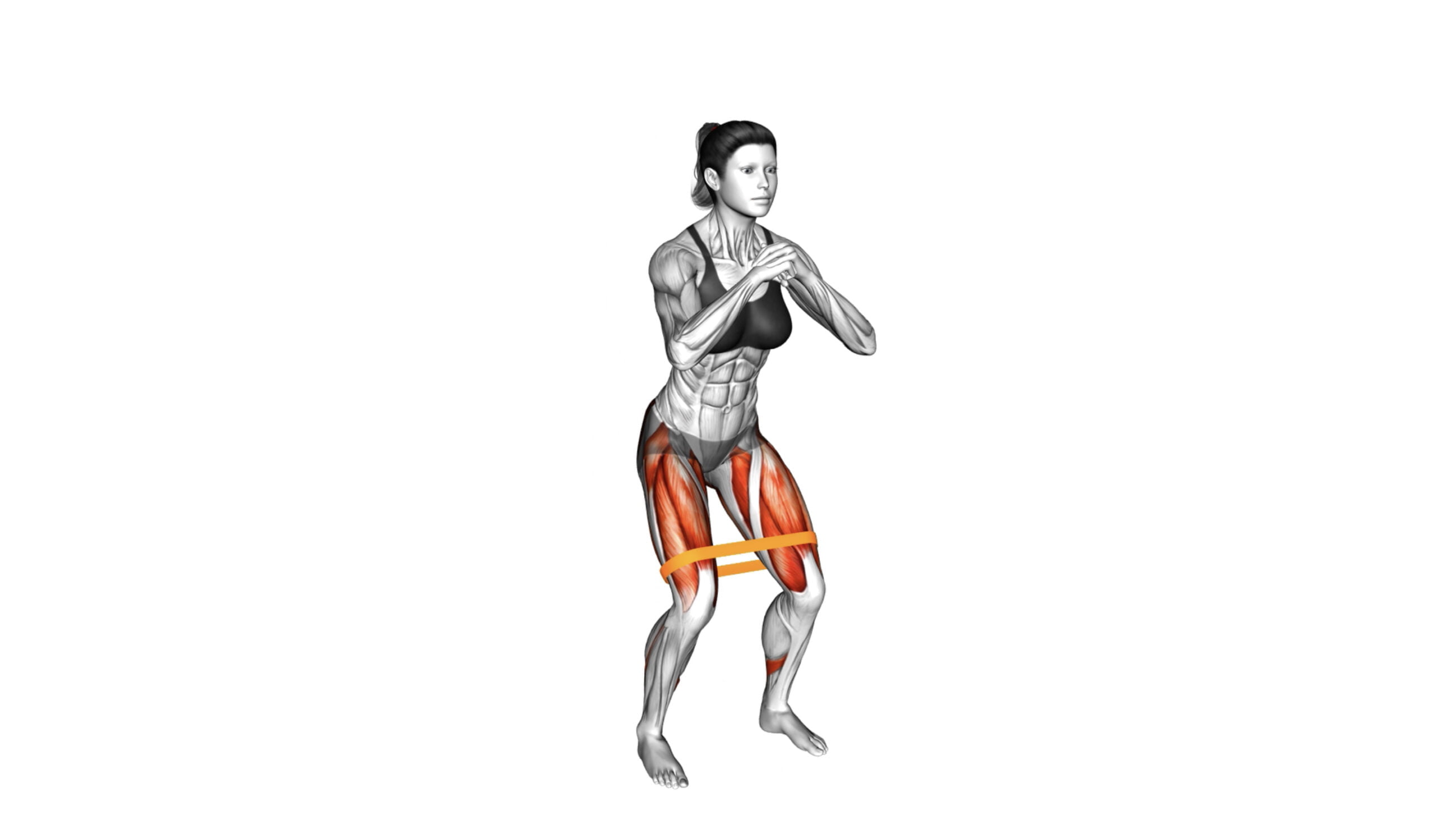
Unlocking the power of healthy hips isn’t just about achieving a toned appearance—it’s essential for fluid, everyday movements. As an established fitness coach with over a decade in strength and conditioning, I’ve witnessed countless individuals overlook their hips’ health, only to struggle with basic mobility later on.
Strengthening and enhancing hip flexibility prevents this common pitfall, and incorporating resistance bands is one efficient way to engage these crucial muscle groups effectively.
Did you know that the muscles around your hips are some of the most influential players in maintaining balance and stability? With this article, we dive into 10 hip exercises with bands that promise not only to fortify your lower body but also ensure each step you take is as robust as it is graceful.
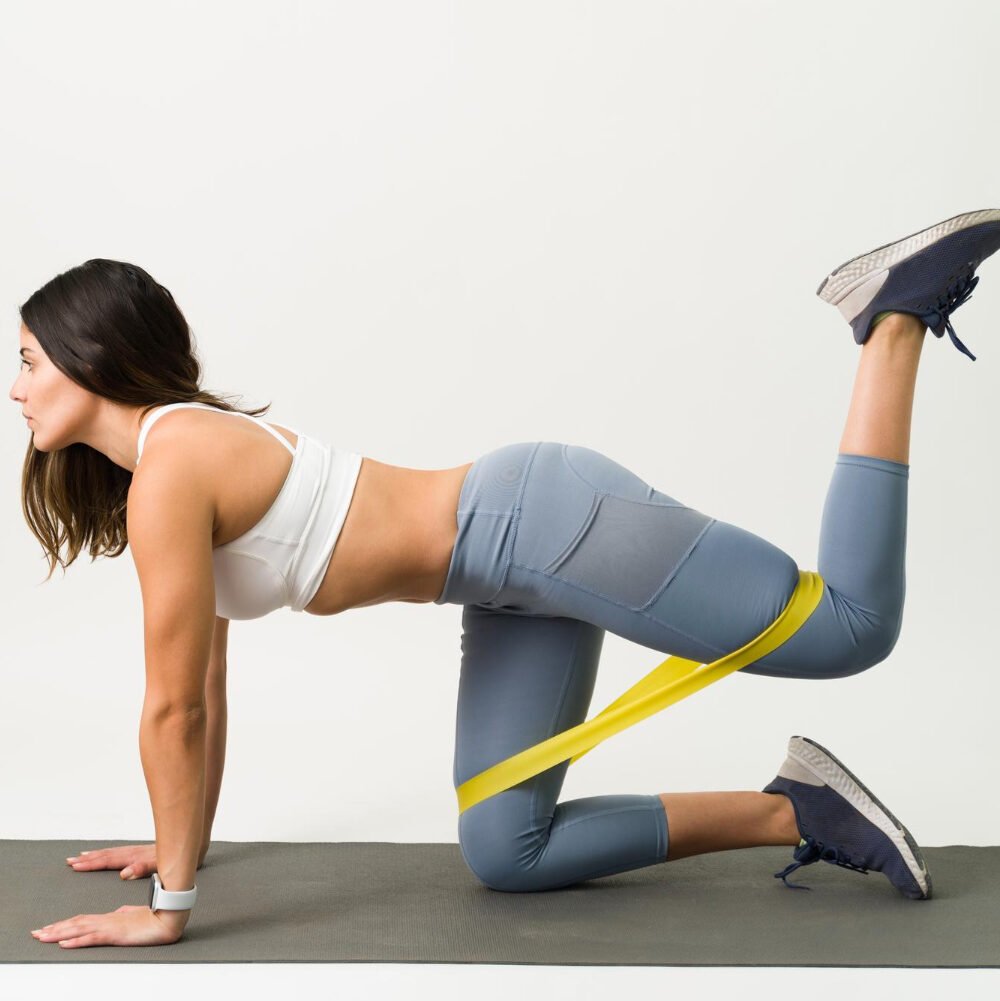
Let these targeted workouts be your gateway to improved movement—read on to harness their full potential!
Key Takeaways
- Resistance bands offer a versatile way to target hip muscles, improving strength and mobility when included in your exercise routine.
- Key exercises such as the One Leg Glute Bridge, Lying Leg Raise, and Side Walk Squat engage different hip muscle groups for comprehensive lower body workouts.
- Proper form and technique are crucial when using resistance bands to ensure safety and effectiveness during hip exercises.
- Selecting the right level of band resistance is essential for challenging your muscles without risking injury or strain.
- Incorporating these exercises regularly can enhance athletic performance, improve posture, prevent injuries, and support day-to-day activities by stabilizing the hips.
The Importance of Hip Exercises for Strength and Mobility
Hip exercises with bands are essential for building strength and increasing mobility in the hip area. Strong and flexible hip muscles not only improve overall movement but also help prevent injuries, enhance athletic performance, and contribute to better posture.
How hip muscles can affect overall movement
Your hip muscles are central players in nearly every move you make, from walking and running to squatting and jumping. These muscles include the powerful glutes, which help propel you forward, and the flexors that allow for bending at the hips.
When these muscle groups are strong and flexible, your body can perform movements with greater efficiency and less risk of injury.
Think about how a deep squat or a sprint requires different parts of your hip muscles to work together harmoniously. The abductors keep your legs apart while the adductors prevent them from spreading too wide as you move.
Good hip mobility means better balance, stability, and range of motion throughout your lower body—vital for athletes, dancers, weightlifters, runners, and anyone who leads an active lifestyle.
Strengthening these areas can also alleviate lower back pain by improving alignment and reducing strain on surrounding regions such as knees and ankles.
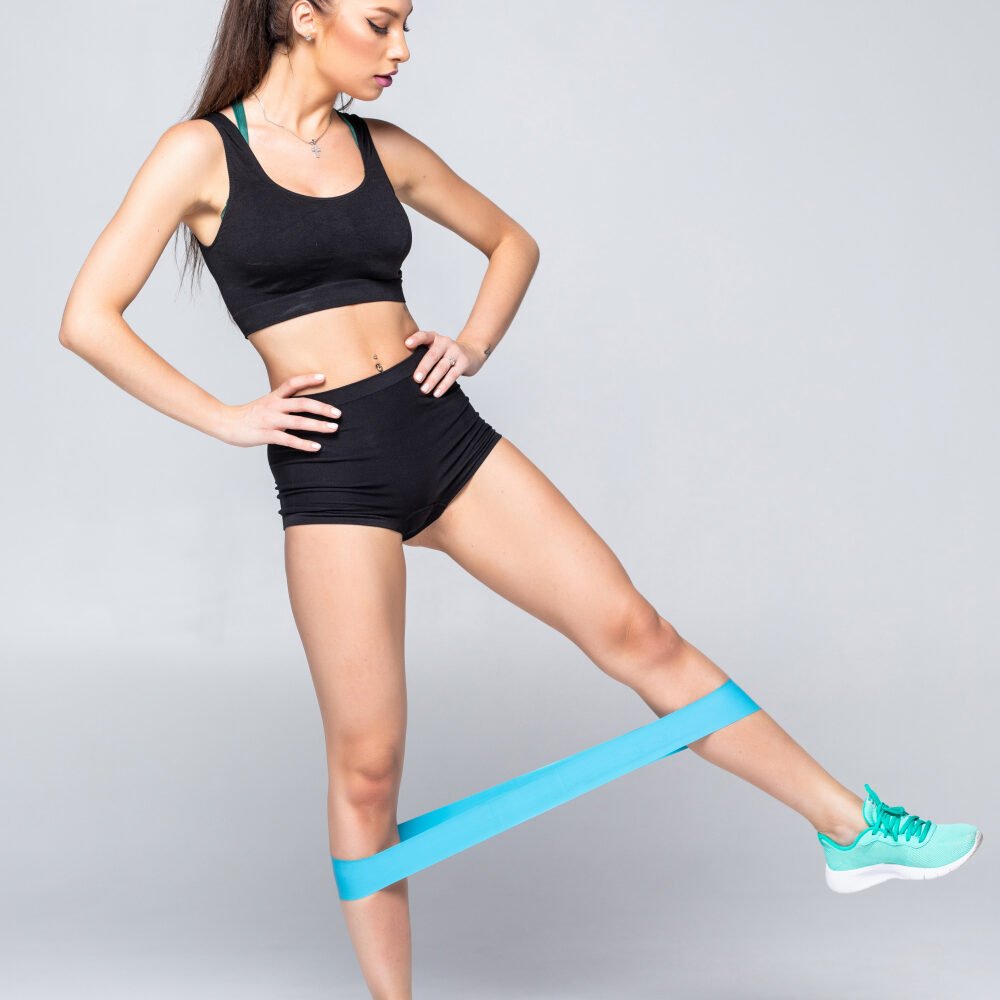
Benefits of strong and flexible hip muscles
Having strong and flexible hip muscles plays a crucial role in our body’s foundational stability. These powerhouse muscles bear the brunt of everyday movements such as walking, sitting, standing, and running.
Strengthened hips can support the pelvis and spine more effectively, contributing to better posture and reducing strain on your lower back. A robust set of hip muscles also enhances athletic performance by allowing for explosive movements like jumps or sprints with greater efficiency.
Flexibility in the hips is just as important as strength—flexible hip flexors facilitate a wider range of motion which can prevent injuries from sudden twists or turns that are part of daily activities or sports.
Regular stretching keeps these muscles from becoming too tight, averting discomforts such as knee pain or sciatica that arise when imbalances occur. With flexibility comes freedom—the ability to move without restriction perks up general well-being while also laying groundwork for advanced physical pursuits such as weightlifting or yoga poses targeting the rectus femoris or gluteal regions.
Top 10 Effective Hip Exercises With Resistance Bands
Increase the effectiveness of your hip exercises by incorporating resistance bands into your routine. These 10 exercises target key muscles in the hips and lower body to improve strength, stability, and mobility.
1. Resistance Band One Leg Glute Bridge
Grab your resistance band for the One Leg Glute Bridge, a powerhouse move targeting your hamstrings, glutes, and core. To start, lie on your back with one foot flat on the floor and the other raised towards the ceiling.
Loop the band around the foot that’s on the ground just above your knee. Push through your heel to lift your hips up while keeping tension in the band; at this point, it should be tight enough to challenge you but not so much that you can’t maintain form.
Make sure you keep a neutral spine as you raise and lower your hips steadily. Your pelvis should stay stable without rocking side-to-side. This exercise will help build strength in those hip-abductor muscles crucial for stabilization during weight training or even day-to-day activities like climbing stairs.
Focus on slow controlled movements—quality over quantity—to really engage those deeper squat muscles such as gluteus minimus and medii which are often overlooked but vital for pelvic stability and preventing issues like osteoarthritis down the line.
2. Resistance Band Lying Leg Raise
For the resistance band lying leg raise, start by lying on your back with the resistance band wrapped around one foot and anchored under your opposite foot. Keep your non-banded leg flat on the ground while raising the banded leg upward, maintaining a slight bend in your knee.
Slowly lower the leg back to just above floor level without touching it and repeat for reps.
Engaging in resistance band lying leg raises effectively targets the hip flexors and lower abdominals, aiding in strength and stability within these muscle groups. This exercise is beneficial for improving overall hip mobility and can be particularly helpful for individuals recovering from hip injuries or looking to enhance their core strength.
3. Resistance Band Lying Bent Knee Hip Abduction
Engage your hip abductors with this effective resistance band exercise. Lie on your side with knees bent, and wrap the band around both legs just above the knees. Using your top leg, lift it away from the bottom leg against the resistance of the band, then lower back down in a controlled manner.
This exercise targets the gluteus medius muscle, helping to improve hip stability and prevent injuries.
Strengthening these muscles can also enhance overall athletic performance and daily functional movements such as walking and climbing stairs. Incorporating resistance band lying bent knee hip abduction into your routine helps build strong hips for better mobility and stability in various activities.
4. Resistance Band Lying Hyperextension Abduction
Lie on your stomach with a resistance band looped around your ankles. Keep your legs straight and lift them off the ground as far as comfortably possible, engaging your glutes and lower back muscles.
Slowly lower them back to the starting position without letting the band go slack. This exercise targets the glutes, hamstrings, and lower back, promoting hip strength and stability.
Next up is “Resistance Band Lateral Step and Squat,” which involves taking side steps while maintaining tension on the resistance band for greater hip strength and mobility.
5. Resistance Band Lateral Step and Squat
Transitioning from the resistance band lying hyperextension abduction to the lateral step and squat exercise, this movement targets the hips, quadriceps, hamstrings, and glutes. Begin by placing a resistance band around your thighs just above the knees.
Stand with your feet shoulder-width apart and take a sideways step against the resistance of the band. Then lower yourself into a half-squat position while maintaining tension on the band before returning to standing position.
This exercise not only strengthens but also improves hip stability.
6. Resistance Band Lateral Walk
Engage your hip abductor muscles by performing the resistance band lateral walk. Place a resistance band just above your ankles and assume a semi-squat position with tension in the band.
Step sideways, maintaining tension in the band, and then step the opposite foot towards it to complete one repetition.
This exercise effectively targets the gluteus medius and minimus, promoting stability in the hips and pelvis. Incorporate this movement into your routine for improved hip strength and mobility.
7. Resistance Band Glute Bridge
With the resistance band glute bridge, place the band just above your knees and lie on your back with your knees bent. Push through your heels and lift your hips off the ground, engaging your glutes.
Hold at the top for a moment before slowly lowering back down to complete one repetition.
Ensure that you maintain tension in the band throughout the movement to activate your hip abductors effectively. This exercise targets not only your glutes but also helps improve overall lower body strength and stability.
8. Resistance Band Bent Leg Side Kick (kneeling)
Transitioning from the Resistance Band Glute Bridge to the Resistance Band Bent Leg Side Kick, this exercise specifically targets the hip abductor muscles and promotes stability in the lower body.
Start by kneeling on one knee with your resistance band looped around both legs just above the knees. Maintain a straight back and engage your core as you slowly kick one leg out to the side, keeping it parallel to the ground.
Return to starting position and repeat on both sides for an effective workout that strengthens the glutes and hips.
9. Resistance Band Clam
Engage your glutei medii with the resistance band clam exercise. Lie on your side with knees bent and a resistance band around both legs just above the knees. Lift the top knee while keeping your feet together, then slowly lower it back down to complete one repetition.
Strengthening this muscle group can aid in hip stabilization and prevent injuries during activities like running or daily movements such as walking and climbing stairs. By incorporating the resistance band clam into your routine, you can improve hip joint strength and increase overall mobility for better functional movement.
10. Resistance Band Side Walk Squat
Transitioning from the targeted hip exercise of Resistance Band Clam, another effective move is the Resistance Band Side Walk Squat. This compound exercise not only targets the glutes but also engages the outer thighs and hip abductors for a full lower body strengthening workout.
To perform this exercise, place a resistance band around your legs just above your knees. Stand with your feet shoulder-width apart and lower into a squat position. While in the squat, take small steps to the side, maintaining tension on the band throughout.
Focus on keeping your chest up and core engaged to support proper form. This dynamic movement helps improve hip stability, strength, and mobility while activating key muscles essential for functional movements like walking and climbing stairs.
Tips for Proper Technique and Safety
Emphasize the importance of proper form and technique when performing hip exercises with bands, and provide guidance on how to choose the right resistance band for your fitness level.
Remember, safety is key in any exercise routine. Read on to learn more about effective hip exercises with bands for strengthening and mobility.
Importance of proper form
Proper form is essential during hip exercises with resistance bands to avoid strain or injury. Focus on maintaining alignment and stability throughout each movement to target the correct muscles effectively.
Emphasize controlled movements and engage your core for added support, ensuring that you are not relying solely on the band’s resistance.
Correct positioning of the resistance band also plays a key role in optimizing form. Securing the band properly and adjusting its tension according to your strength level will help maintain proper alignment and avoid unnecessary stress on joints or muscles.
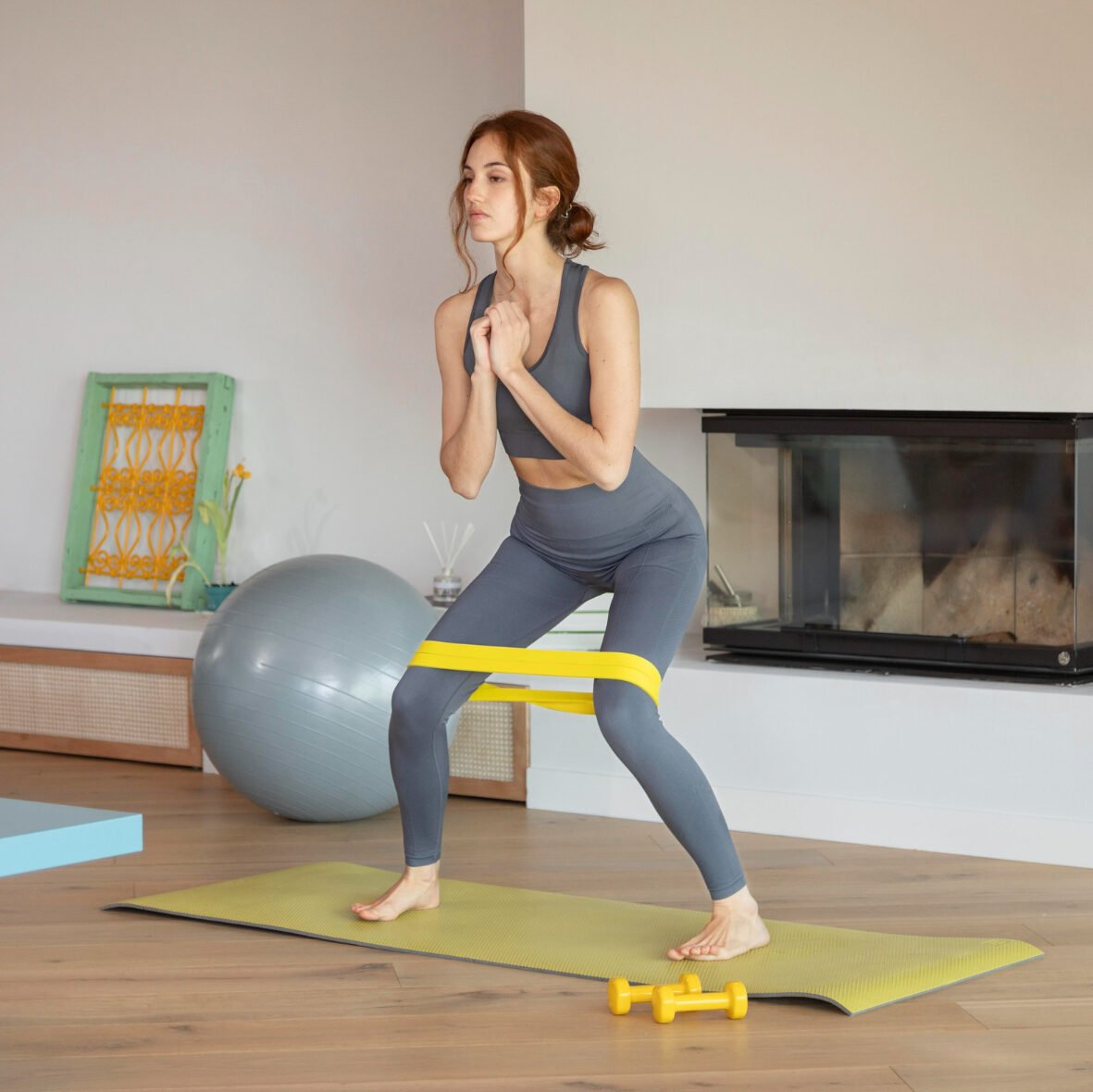
How to choose the right resistance band
To complement proper form, choosing the right resistance band is crucial for effective hip exercises. When selecting a resistance band, consider your current strength level and the specific exercises you plan to perform.
Different bands offer varying levels of resistance, so it’s essential to match the band’s tension with your fitness level. Additionally, ensure that the band allows for a full range of motion during each exercise and provides enough challenge without compromising proper form.
Before purchasing a resistance band, assess its durability and quality as these factors contribute to safety during workouts. It’s also beneficial to experiment with different types of bands – such as looped bands or tubes with handles – to find one that suits your comfort and preferences while ensuring optimal functionality throughout your workout routine.
Potential risks and precautions
To avoid potential risks when doing hip exercises with resistance bands, it’s crucial to maintain proper form and alignment throughout the movements. Using a resistance band that is too tight or applying excessive tension can strain the muscles or lead to overextension, so choosing the right level of resistance for your current strength is essential.
Additionally, always secure the band properly to prevent it from snapping back and causing injury during exercises. It’s also important to be aware of any discomfort or pain during the exercises and stop if you experience any sharp or intense sensations.
It’s recommended to consult a fitness professional or physical therapist before starting a new exercise routine, especially if you have existing hip issues or injuries. They can provide personalized guidance on which exercises are suitable for your condition and help you tailor the movements to minimize any potential risks.
Conclusion
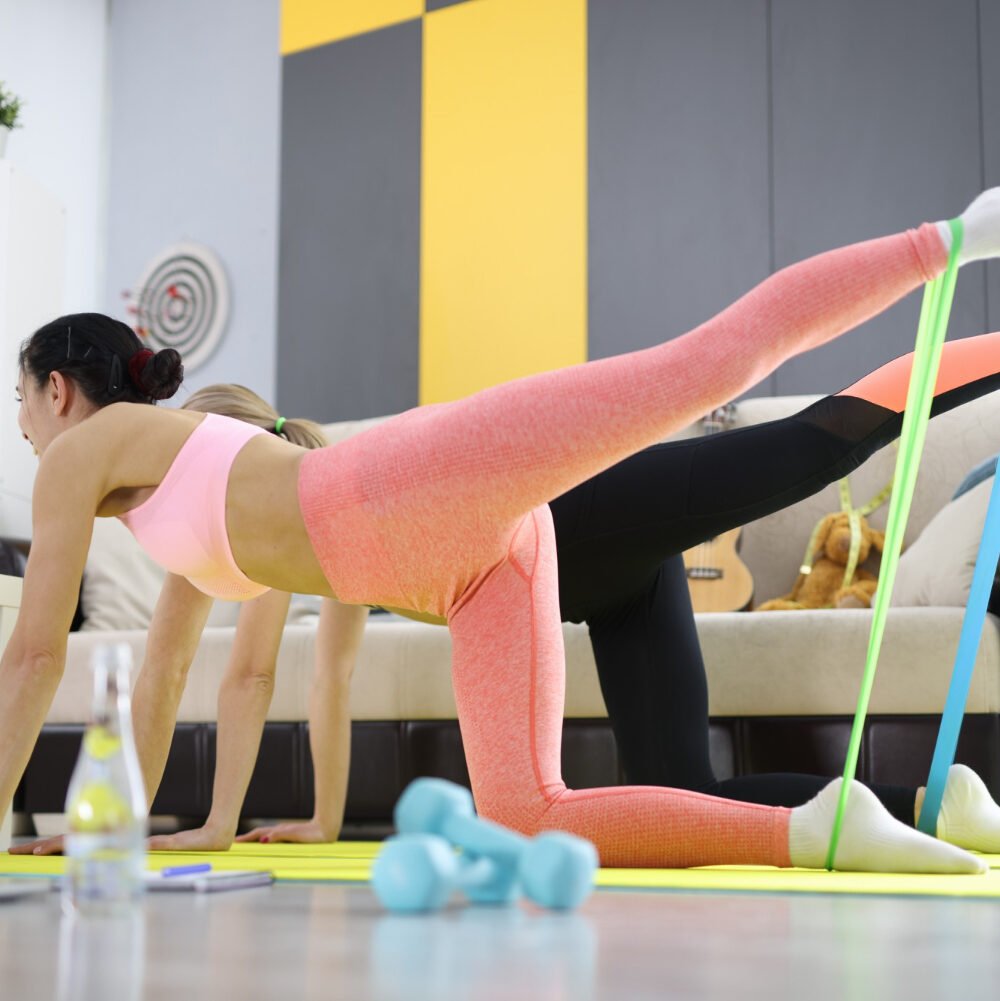
Incorporate these 10 effective hip exercises with bands into your routine for stronger and more flexible hips. The practical tips provided ensure proper technique and safety, allowing you to implement these exercises with ease.
Have you considered the impact that strengthening your hip muscles can have on your overall movement? Take charge of your fitness goals by exploring further resources or seeking guidance from a fitness professional.
Embrace the journey towards stronger and more mobile hips – your body will thank you!
FAQs
1. How do hip exercises with bands improve strength and mobility?
Hip exercises with bands target flexor muscles like the psoas major, strengthening your lower legs and increasing flexibility in the hip joints for better movement and stability.
2. Can I use these band exercises for rehabilitation?
Absolutely! These exercises are perfect for physiotherapy, supporting knee raise movements and aiding in rehabilitating the glutei medii after injury by encouraging controlled flexion.
3. What’s a good starter exercise to engage my hips using bands?
Begin with a shallow squat paired with a resistance band to activate your abdominal muscles safely; it lays a strong foundation for more complex movements like deadlifts or sumo squats.
4. Will regular practice of band exercises help me achieve six-pack abs?
Consistent engagement of your belly through targeted movements like bicycle crunches can work toward defining your abs as part of comprehensive strength training combined with proper nutrition.
5. How many repetitions should I aim for when doing hip band workouts?
Start by aiming small—try 10 repetitions per exercise while ensuring good form—and gradually increase as you build stamina, always listening to your body’s response to avoid overexertion.

Author
Years ago, the spark of my life’s passion ignited in my mind the moment I stepped into the local gym for the first time. The inaugural bead of perspiration, the initial endeavor, the very first surge of endorphins, and a sense of pride that washed over me post-workout marked the beginning of my deep-seated interest in strength sports, fitness, and sports nutrition. This very curiosity blossomed rapidly into a profound fascination, propelling me to earn a Master’s degree in Physical Education from the Academy of Physical Education in Krakow, followed by a Sports Manager diploma from the Jagiellonian University. My journey of growth led me to gain more specialized qualifications, such as being a certified personal trainer with a focus on sports dietetics, a lifeguard, and an instructor for wellness and corrective gymnastics. Theoretical knowledge paired seamlessly with practical experience, reinforcing my belief that the transformation of individuals under my guidance was also a reflection of my personal growth. This belief holds true even today. Each day, I strive to push the boundaries and explore new realms. These realms gently elevate me to greater heights. The unique combination of passion for my field and the continuous quest for growth fuels my drive to break new ground.


